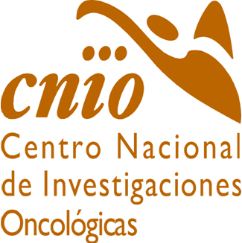 Researchers at the Spanish National Cancer Research Center (CNIO, in the Spanish abbreviation) have identified over 40 genes that can predict the level of aggressiveness of melanoma, while distinguishing it from other cancers with a poor prognosis.
Researchers at the Spanish National Cancer Research Center (CNIO, in the Spanish abbreviation) have identified over 40 genes that can predict the level of aggressiveness of melanoma, while distinguishing it from other cancers with a poor prognosis.
The team of researchers, who published their study in the journal Cancer Cell, believe that common cancer hallmarks are well established. However, they note that lineage-restricted oncogenes remain less understood.
They identified that genes all share a mechanism that forms vesicles, called endosomes, from which tumor cells obtain energy. Among all the genes expressed in melanoma cells, researchers focused particularly on one phenomenon: an inherent dependency of melanoma cells on a gene called GTPase RAB7, identified within a lysosomal gene cluster that distinguishes this malignancy from over 35 tumor types.
After analyzing human cells, clinical specimens, and mouse models, the team discovered that RAB7 is an early-induced melanoma driver whose levels can be tuned to favor tumor invasion, ultimately defining metastatic risk. In addition, RAB7 levels and function were independent of MITF, the best-characterized melanocyte lineage-specific transcription factor.
These results, according to research team leader María Soengas, reveal a unique wiring of the lysosomal pathway that melanomas exploit to foster tumor progression. Defining “the key to the fate of the tumor cell,” she said, is just one of many new aspects of melanoma uncovered by this study. According to Direna-Alonso Curbelo, the article’s first author, more than 80,000 mutations have been described for RAB7.
RAB7 acts as a kind of orchestra director, determining the fate of melanoma cells: at high concentrations of RAB7, cellular auto digestion is very active, and this allows tumor cells to obtain energy, prevent the accumulation of toxic components and thus divide and proliferate; when RAB7 is reduced, cells use endosomes to recycle metastatic proteins, favoring their dispersal throughout the body.
These findings also play an important role the prognosis of melanoma, as the amount of RAB7 in a cutaneous tumor defines the risk of developing metastasis. Furthermore, these results help to understand the mechanism of action of a compound that is lethal in melanoma cells as well as in other tumor cells. This RNA-based nanoparticle compound kills the cells by acting on the formation of vesicles.

